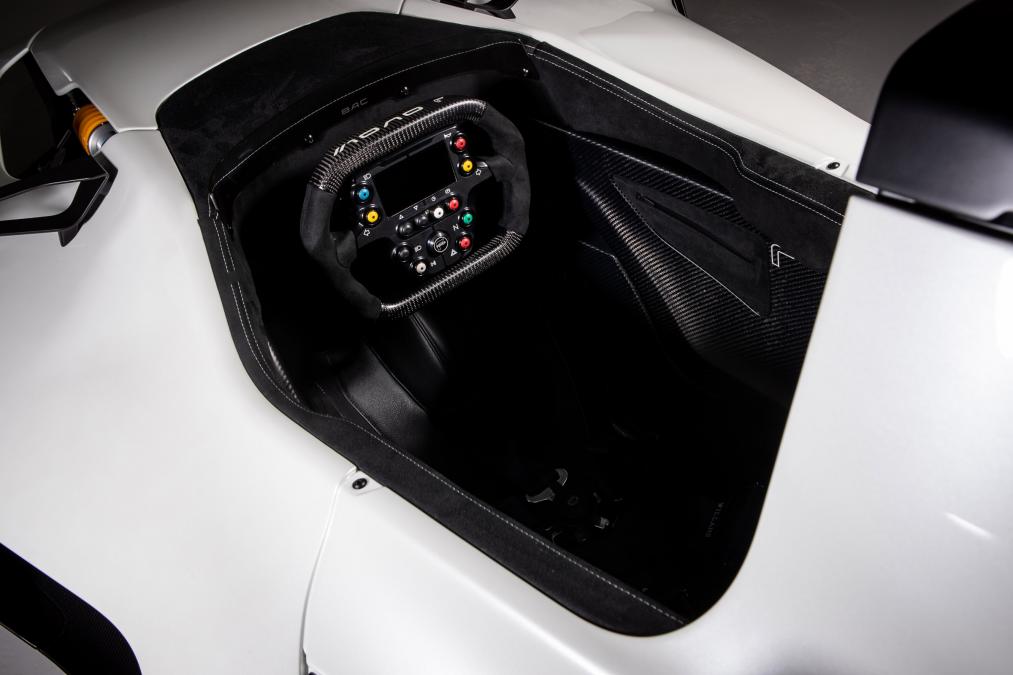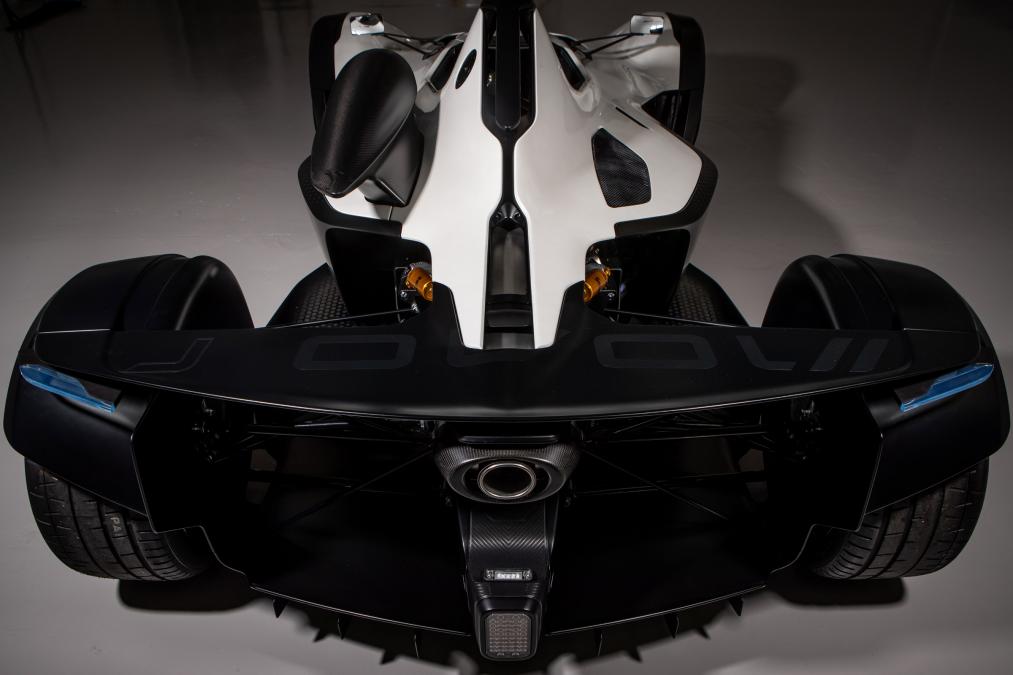British supercar manufacturer Briggs Automotive Company (BAC) has partnered with Global material producer DSM to integrate additive manufacturing into its new Mono R automobile.
Together, the partners have developed 3D printed customizable steering wheel grips, 3D printed air inlets, and redesigned key parts of the Mono R, ultimately reducing the car’s kerb weight to 555 kilograms – 25kg lighter than the standard Mono supercar.
“The BAC Mono is the perfect showcase for the potential of 3D printing to reshape the automotive industry,” stated Patrick Duis, segment leader Automotive at DSM Additive Manufacturing.
“Additive manufacturing offers unparalleled options for small-series production and customization of cars, and we are excited to work together with BAC to optimize our materials for car manufacturers.”

Steering towards additive manufacturing
Debuting at the 2019 Goodwood Festival of Speed in West Sussex, England, last week, the Mono R is the latest single seater road-legal sports from BAC. With only 30 models made, the luxury automobile has been sold out worldwide at a starting price of £190,950.
With the support of DSM’s high-performing polymer materials, BAC has reduced the design-to-manufacture timeframes of complex components. Previously, DSM’s Arnitel ID2060 HT, a high-performance Thermoplastic Copolyester (TPC) has been used to create a 3D printed automotive air pipe; and Somos PerFORM resin has also been used for 3D printed molds for the Oxford Brookes Racing formula car.
As well as the 3D printed steering wheel grips and 3D printed air inlets, both DSM and BAC are continuing to improve sustainability within the automotive sector.
“We pride ourselves on being the ultimate pioneers at BAC, and joining forces with DSM means we can once again lead the way – this time in terms of additive manufacturing, explained Ian Briggs, Design Director at BAC.
“Keeping the car as light as possible is of paramount importance, and by using 3D printing we not only keep the kilograms down, but also keep sustainability and safety on the up. We’re excited to see how our work on Mono R can translate to the automotive industry as a whole.”

The Mono R supercar
According to BAC, 44 bespoke carbon fibre parts have been designed from scratch for the Mono R. It is also said to be the first production car in the world fully incorporating the use of graphene-enhanced carbon fibre in every body panel.
Additionally, DSM has aided material enhances for the structural properties of the fibre to make panels stronger and lighter and to demonstrate increased mechanical and thermal performance.
Presently, DSM and BAC are collaborating to explore the design and production of 3D printed parts incorporating more organic and hollow internal structures.

Stay abreast of the latest additive manufacturing news by subscribing to the 3D Printing Industry newsletter, and following us on Twitter and Facebook.
Also, join 3D Printing Jobs now for new opportunities in engineering.
Featured image shows the Mono R supercar. Photo via BAC.


